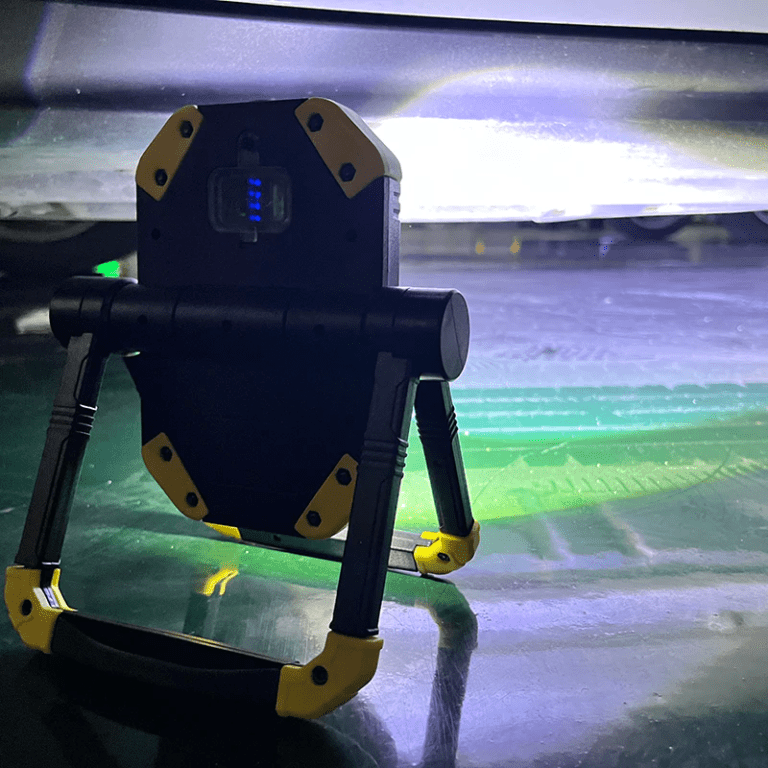A home theater is every audiophile and a cinephile’s dream come true. The penultimate one would probably include the powerful Dolby Atmos speakers, which bring the true-to-life surround sound system to your house.
We’re going to do a rundown of the best things to look out for as you plan to build your home theater with the right equipment, so do read on ahead and take down essential notes that come along before you prep for your purchase.
The Sound Setup
For the ideal setup, you will be looking into equipment that can bring as much realistic sound coming from all possible areas.
It is pertinent that while you’re planning to build your home theater, the location or the kind of room where you’ll be setting it up is key to understanding how sound will work, so that’s the primary task you need to ensure.
Once you’re certain you’ve chosen the right location where sound can move freely or will create optimal acoustics, then you can proceed to the checklist below:
- Stereo & Surround Capabilities
Stereophonic sound covers the ability of your whole setup to recreate hi-fi sound. This means that audio is clearer in the way that the recording was done and that which your whole setup can also produce.
Surround sound is ideal when you want to be able to follow through with how sound travels across space, usually horizontally.
To be able to produce this, you’ll need additional speakers arranged in an optimal way that allows for the movement of sound to travel efficiently between speakers.
The best advice, however, is to ensure that all your speakers are of equal distance from the viewer, the center of this distance.
All speakers should be facing this center to ensure that the sound experience indeed surrounds the listener. This is what most people overlook.
- Understanding Speaker Functions
You want a home theater setup that brings clarity and not just volume. You want to be able to hear every small detail instead of simply hearing everything a bit louder than when you’re only using one speaker.
To do this, you need to be aware of how each kind of speaker has a specific function in sound development. The basic surround setup will include the following:
- Front (L&R) Speakers
Going back to the equal distance, your Left and Right speakers should be of equal distance to the center (the viewer) of your home theater room.
Your front speakers usually are the primary ones producing sound effects and most music.
Knowing this, ensuring that both are of the same distance to the listener/viewer will aid in building up that holistic sound.
- Surround Speakers
Surround speakers are not only named because of how you’re supposed to set them up but also because they’re responsible for producing the sound effects surrounding the scene. They are the output of background noise and sounds.
- Center Speaker
Your center speaker is responsible for dialogues or the production of the human voice. Some sound effects can also be produced by the center speaker but to a minimal extent.
- Subwoofers
Since most of the sound is coming from the front speakers, subwoofers are there to add up to the bass, which might not be fully captured by the work of your front speakers alone.
Your subwoofers are also responsible for low-frequency sound production.
Reeling In the Dream
The ideal setup is not just one that attains this clear surround sound but, more importantly, one that fits your place and your budget.
Here are a few more things you need to check for the room you plan on setting a home theater up:
- The material used as walls should be, if possible, carpeted. Bare concrete bounces off the sound.
- Your room should be spacious enough to accommodate the number of speakers you wish to set up and the distance each one requires you to have to achieve a surround sound. Most home theater speakers work best with a 10-feet distance from the viewer.
- Don’t shy away from product testing equipment before purchase. Walk into a listening room and experience it yourself before purchasing.
While at it, take notes on the materials used and furniture in the listening room that aids in producing sound clarity and high definition.
- More than simply upgrading gadgets into smarter tech, use the time to renovate your space as you prepare to renovate your cinematic experience at home.
Once you have all this cleared out, you can ready your popcorn for the ultimate movie night at home that will sound as close as possible to a premium theater experience.
The best part is that there are loads of speaker reviews online that can also aid you in searching for the best brand that fits your budget and space.







